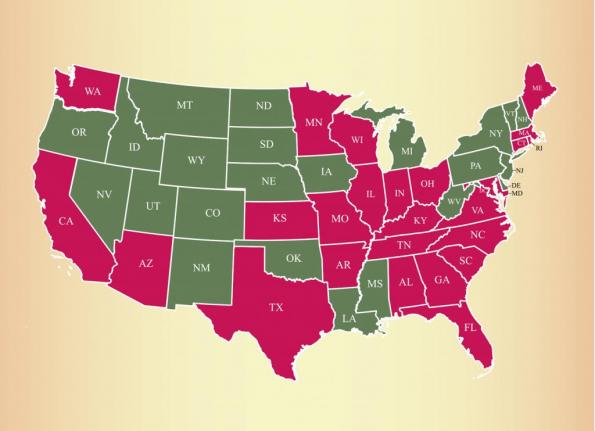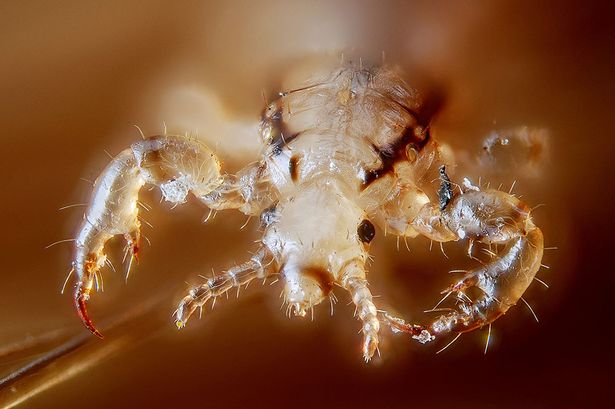According to researchers who tested 30 US states, head lice populations in the majority are now resistant to over-the-counter pesticides commonly recommended by doctors and schools.
“If you use a chemical over and over, these little creatures will eventually develop resistance,” said Dr. Kyong Yoon, a lead researcher on the study. “So we have to think before we use a treatment.”
Wide use of the main ingredient in many head lice treatments, pyrethoids, has caused a genetic change in many US lice populations, the researchers found.
“We are the first group to collect lice samples from a large number of populations across the U.S.,” Yoon said.
“What we found was that 104 out of the 109 lice populations we tested had high levels of gene mutations, which have been linked to resistance to pyrethroids.”
The mutations took place in a trio of genes linked together under the term “knock-down resistence,” or kdr, which have been known to scientists for decades from crop insecticide research. When kdr mutations take place, the nervous system, which is targeted by insecticides, is desensitized.
“The good news is head lice don’t carry disease. They’re more a nuisance than anything else.”
California, Texas, Maine, and Florida head lice have the highest degree of pyrethroid-resistence — they had all three genetic mutations. There was only one state of the 30 tested where pyrethoid-based treatments would still be highly effective: Michigan.
Why Michigan’s head lice had not developed resistance will be the matter of future research.

In light of the discovery, Yoon and his colleagues recommend using other treatment options for dealing with head lice. Currently though, many of those options are only available by prescription.
The research will be presented along with 9,000 other developments at the upcoming American Chemical Society meeting in Boston.
By Cheryl Bretton
